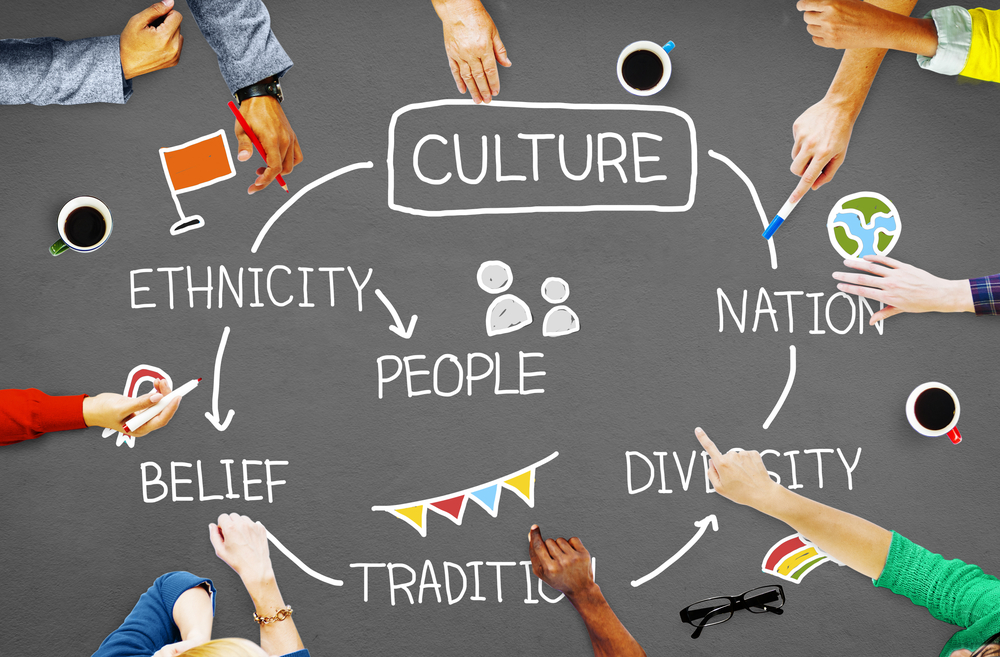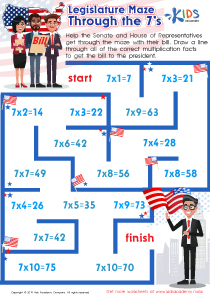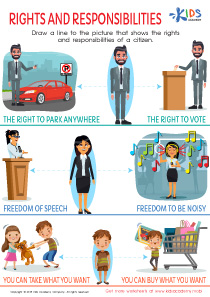Color recognition Normal Social Studies Worksheets
3 filtered results
-
From - To
Enhance your child's learning experience with our Color Recognition Normal Social Studies Worksheets! Tailored for young learners, these engaging worksheets help students identify and understand colors within various social contexts. Encouraging creativity and critical thinking, our resources incorporate fun activities that relate colors to emotions, symbols, and cultural significance. Ideal for classroom use or at-home learning, these worksheets support early development in both color recognition and social studies concepts. Foster your child's curiosity and social awareness while making learning enjoyable. Explore our diverse collection today and empower your student to connect with the vibrant world around them!
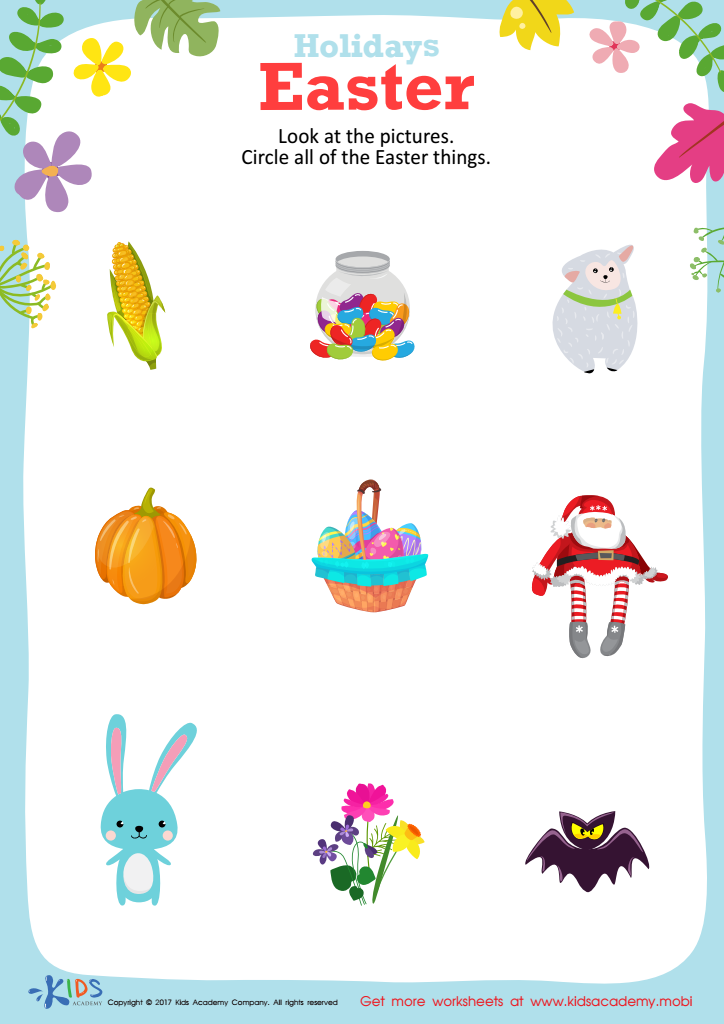

Easter Holiday Printable
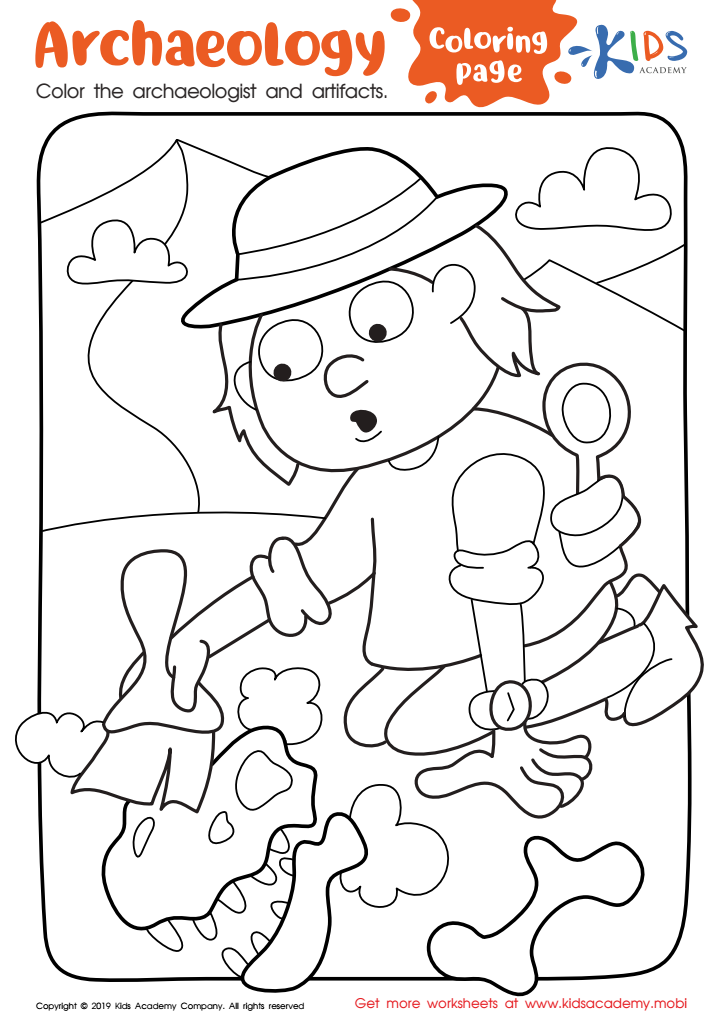

Archaelogy Coloring Page Worksheet
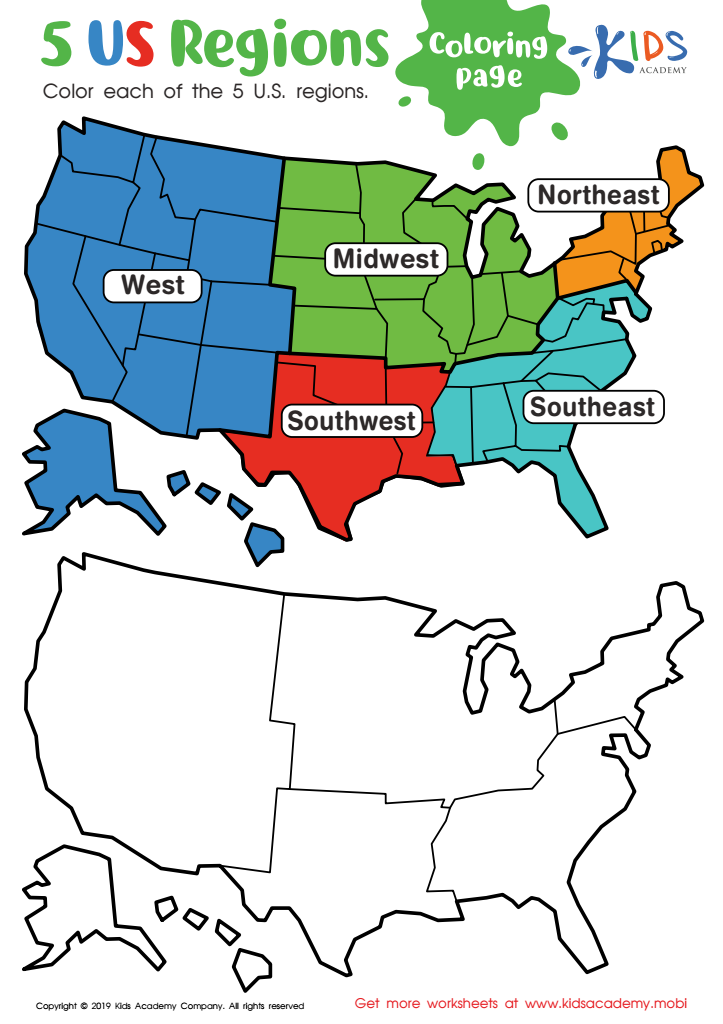

US Regions Coloring Page Worksheet
Color recognition is a fundamental skill that significantly influences children's early development and learning, making it essential for parents and teachers to prioritize in normal social studies. Understanding colors aids in cognitive development, helping children process and interpret the world around them. It supports their ability to categorize and make connections, which enhances critical thinking skills.
In addition, color recognition fosters social interactions. When children learn colors, they communicate more effectively with peers, sharing their observations during play and activities. This inclusion in cooperative learning situations nurtures social skills, builds friendships, and cultivates a sense of community.
Moreover, color recognition plays a vital role in creative expression. Understanding colors enhances art and storytelling, allowing children to convey emotions and ideas. By integrating color into social studies, educators can create engaging projects that inspire curiosity and creativity while reinforcing cultural concepts linked to colors in various traditions.
Incorporating color recognition in the curriculum can create opportunities for multi-sensory experiences, aiding different learning styles. Ultimately, fostering this skill not only boosts academic readiness but also develops well-rounded individuals equipped with social-emotional skills necessary for their growth. Therefore, both parents and teachers must recognize the importance of color recognition in early education.

 Assign to My Students
Assign to My Students




